The charm of the desert will not leave anyone once enchanted
Mehdi Fallahat Pishe, Abbas Atapour and Javad Mafakheri (Winter 82)
The deserts of Iran can be divided into three main parts:
1. Kavir Plain, including the area between south of Semnan and north of Isfahan, including ghost or sand jungle sand and salt lake north of Kashan
2. Great salt marsh in western Khorasan, which is probably the largest free-living area in the world, and
3. Lot 1 – Distributed in the southeast of the country.
In the meantime, Lut with more prominent features deserves more attention.
Read More ...
The Lut Desert is bounded on the north by Nayband, on the west by Bahabad and Shahdad, on the east by Naband and on the south by Bam. The area is about 30,000 square kilometers. The eastern part of Lut is the largest sandstone in Iran and probably the world. The northern areas and the narrow strip of west sandy sand, a flat desert, with the least amount of natural toll and the southern part is salt-rich. The lowest point has a height of one hundred meters (58.45 in. Long and 30.30 in. Wide). This area is known as the city of Lut and is the largest crocodile in the world with an approximate area of 6500 square kilometers. Parallel bushes extend along the southeast to the northwest, creating alleys of 160 km long and 200 to 500 m wide. Dr. Alphonse Gabriel in his book Crossing the Iranian Desert states:
“There are very few scholars who have gone into the Khobis (Shahdad) hole in Lut, but those who have arrived agree that the world’s most horrific desert is here. A part of the earth where all life is endangered by eternal damnation, and only the terrifying deterioration of nature can bring it back to life. “He traverses the northern cloaks on a lonely path to a lane when he enters the area. She writes:
“The howling of the wind in the frightening and suffocating silence of Lut, extending brilliantly and timelessly, was the only sound to be heard. Nobody knows what the shape of the desert is in the south of the area where we were traveling, no one has seen this land of death and nothing has dared to search for it. ”
But the truth is something else.
The following report attempts to describe two visits to the Klotz area.
The love of the desert was under the gray fire that was burning inside us again, and reading the book The Passage of the Iranian Desert also had a huge impact on intensifying our interest and excitement in implementing a program in Lut. Nowruz 81, along with eight friends, went to Kerman in the form of a mountaineering group at Sharif University of Technology and from there to Shahdad. With Nissan one of the very kind and hospitable people of Shahdad, we set off for the northwest corner of the Kalutas. After crossing the five-finger ridge we reached the garden area of Assad (57.50 in. Long and 30.51 in.). From here we began to penetrate Lut. The main problem was the heat and the high water consumption. We had 2.5 liters of water per day. After about five kilometers along the west, we continued southwest into the alleys and entered the parallel plains. Due to the severe heat in the middle of the day it was not possible to march, the early hours of the morning and the end of the day being the only possible time to move to Lut. We stayed in the clouds the first night and continued the following day, midnight to the last point. We reached the infiltration and then returned the same way that day and tomorrow. The experience was acceptable. The fact was that at least one hundred kilometers had to be traveled to visit a small area of whales, and to visit and gain access to the loot, including crossing one of the whales’ alley, infiltrating the sand and whales, Towards the west coast of the Sand Sea and returning from the northern belt of the Cloisters would have been about 500 kilometers. We had to look for another way. Given the structure of the terrain we saw, it was the best motorcycle. Plans for finding a mobile app were not available in 81. Winter 82 was a good time. The engines were the YAMAHA DT 125.
Sunday 19/11/82:
The motors were shipped to Kerman by a freight company and we headed to Kerman by train in the afternoon.
Monday 20/11/82:
After getting the motors in Kerman and fixing the problem for one of them we went to Shahdad. We went back to the repair shop to repair the engine and after that we were deployed in the area with the help of respected Shahdad law enforcement personnel.
Tuesday 21/11/82:
In the morning we started off on the road that runs northeast of Shahdad and past the massive Ten Seif Castle. After Shafi’adabad, the land suddenly becomes devoid of any vegetation and natural disasters. Lut has revealed himself. On the right side of the town of Lut, it is not far away. Big and small whites read to us in parallel. The road then passes through an area called the Five Fingers. Here, the Shahdad to Nayband road connects the northwest corner of the Klutts. The stunning scenery of the whites starts from here. It stays in the remnants of the city with its tower, barracks, alleys and ruined houses. The mind will find a position to resemble each clique in some way. Imagination flies, designs are made, shapes are created, whites talk to people, they calm down, you become fascinated, you are thrilled. This is the world’s most unique soil-salt-sand complex that is a huge and rare collection of whites, lonely or oppressed, lovely with all its tenderness to show its rude and dreadful appearance, he is kind . Invites you to the privacy of nature. In no way does the horror that Gabriel says create you. One should not ask for freshness and joy of color and smell. It has to go on, here it is still on the verge, it has to step inside.
We go to the garden of Assad. Salt-like sea bubbling with waves roaring. From the point (57.51 in. Long, 30.51 in. Wide and 274 in. High) we go to the backs of the whites. You will never forget your first arrival here. It feels like you were the first to walk through the wall of science, you had a hard edge when you saw the bottom oven, you had ice when you reached the wall, the same feeling that comes from entering the citadel of the castle’s teapot, like That is, when you hear the sound of the waves of Sepidrod just a few yards ahead of you under Rudbar Bridge, the difference is that it is not Damavand, it is K2, it is El Captain, and it belongs to us. It creates passion, it creates excitement, it generates heat, it increases your heart rate, you can’t hide the joy and excitement and why it feels like suffering, you have to go desert.
What kind of vehicle we have chosen, our speed is not comparable to the previous time, although the large, low winds created by the east-west winds make it difficult to travel, but the distance traveled in the previous two hours. The march was over within ten minutes. We are beside Pasargadae. We call it the whites. This was really Pasargad, the other one is just like a locomotive, it’s a dome itself. We already knew some. Within some whales huge crystals of salt are clearly visible.
We enter an alley on the spot (57.53 in. Long. 30.50 in. Wide and 277 in. High). As we move forward, the scenery becomes more beautiful and the influence more difficult. The sand has become softer, and the wheels of the engine are sinking. Water and gasoline are in the sacks and other stuff in the backpacks. Contrary to our expectations, speed and filming take a lot of time, as well as seven 36-film rings. We soon realize that we have to work hard to get the picture taken, but we can only ignore the beautiful imagery of the city. At sunset we prepare the tent for Mani Night.
The air is warmer than we thought, with the tent perhaps not needing a sleeping bag. As the engines shut off, a miraculous silence takes place everywhere. It doesn’t even blow. We can now admit that within our cloaks, we are united with Lut, we are no strangers, the desert has made us part of our peace, we wish we would not disturb it. Now I understand why the Arabs say mausoleum in the desert. The mausoleum of Masdar Fuz means salvation. Orion shines in the sky. Thanks for the GPS satellites that go over our heads.
And what a night I have in my head.
Wednesday 22/11/82:
Putting things in motion To keep the motors going, we need to lighten up, move on, the clusters gradually change, as we move southeastward, the clutter will be reduced and parallel hills replaced. The last recorded point is (57.57 in. Long. 30.42 in. Wide and 342 in. High). At each stop, we try to climb the stairs and see the surrounding scenery. It works from east, south and north to the eye, border to border is cloud and cloud and sand. We can feel the urge in the particle of our existence. One should not think of engine failure.
It is very strange to see traces of bird remains probably eaten by foxes. The distance between this point and the first plant and water is at least 30 km. It is not possible to continue the route, because of the softening of the sand the engines are put in a lot of pressure, and we have no mechanics at all. It is possible to bring the broken engine back and we can doubt it. The shortest distance requires crossing the lane and is impractical. Continue northward as the sun goes down, catching red light on the whales. The most fantastical sunset imaginable. Time doesn’t get any better for photography. We must have already identified the place we should have been at dusk and were there. There are always things left out of planning.
Night and us and silence and desert.
Again, we are surprised to find a black beetle at the dinner table here, although it is not theoretically possible to survive at this point. On a previous trip, he also had a sample of these beetles next to the camel cloak in the vicinity of the equipment and weapons. We had seen a man and a camel almost buried under the sands. This point is at least 45 kilometers from the first plant and water.
We go to sleep with Master’s voice:
Shed blood on the mountains, the plains and the rain!
Thursday 23/11/82:
After a short return to the northbound lanes of the cloak, we find the dislocated lane where we can move in all directions and continue on another path. This is one on a line that passes along the alleys (57.55 in. Long. 30.47 in. Wide and 253 in. High). What an alley. It is as if the sand has been created for motorcycles and motor cars. In some places it can reach up to 100 kilometers per hour. If we had found this alley from the beginning, we could certainly do our own thing. We penetrate the alley as far as possible, but time is limited and we must return. We return to the salty river on our return. The road to Shahdad to Nehbandan is about 25 kilometers east of this point (57.54 in. Long. 30.59 in. Wide and 268 in. High).
On our last return, we stood and looked again at the five-fingered sandbags, and we bid farewell to this beautiful, whimsical beauty in hopes of meeting again.
Friday 24/11/82:
We came from Shahdad to Kerman and unfortunately we were not able to send the motors to Tehran.
Saturday 25/11/82:
We sent the engines and we headed to Tehran.

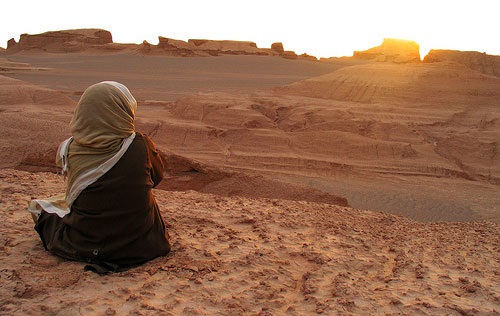
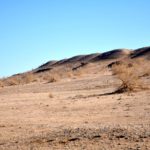
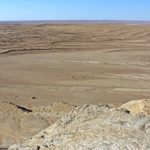
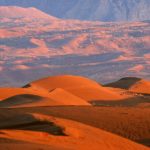
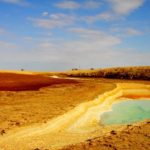
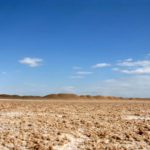
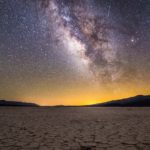
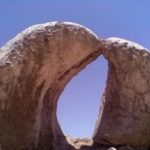
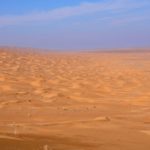
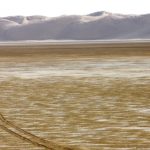
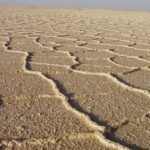
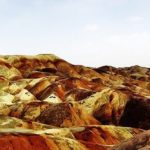
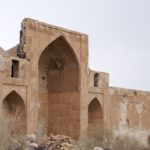
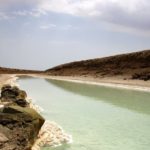
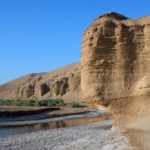
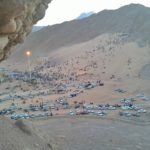
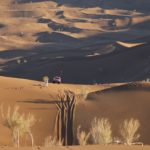
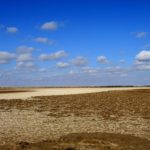

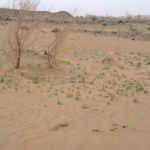
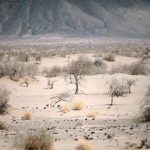
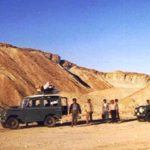
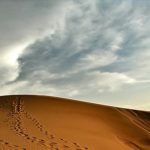
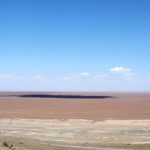
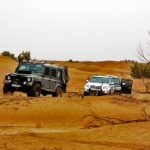
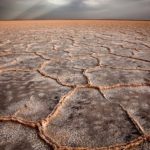
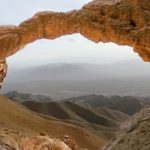

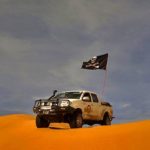
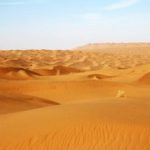
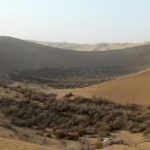
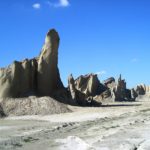
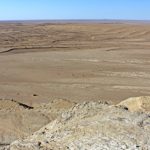
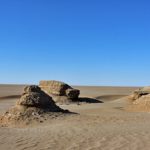
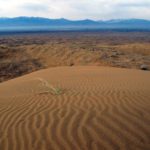
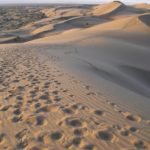
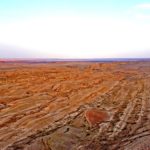

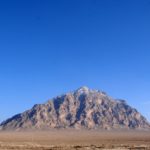
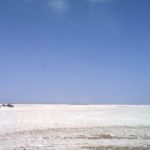
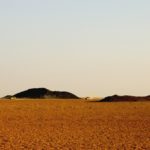
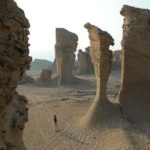
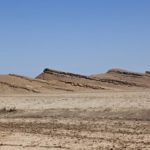
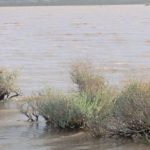
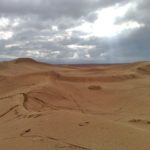
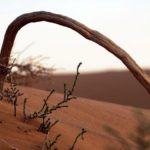
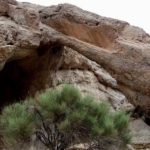
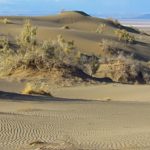
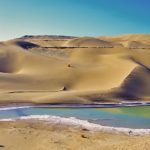
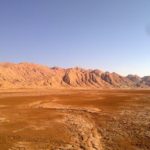

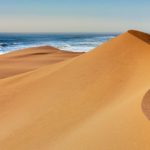
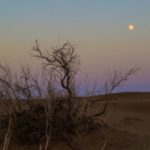
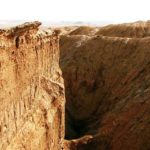
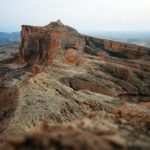
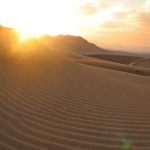
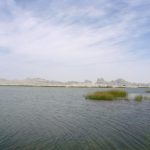
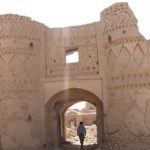
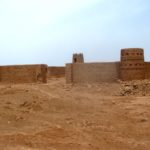
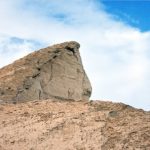
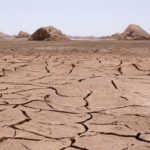
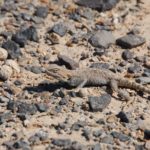
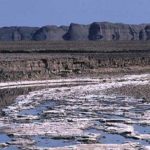
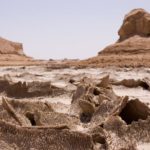
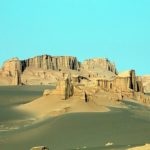
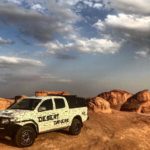

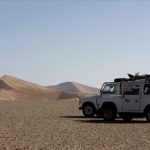

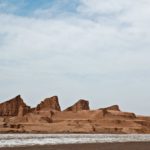
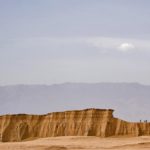

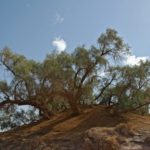
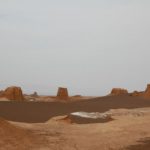

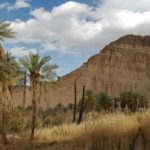
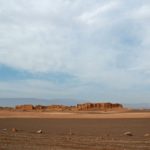

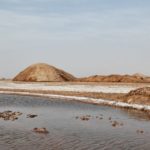

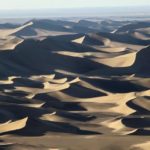
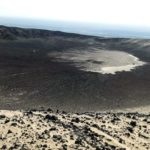
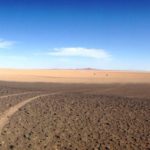

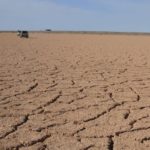
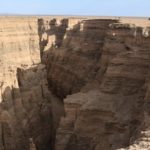
FelicaJuly 11, 2020
https://waterfallmagazine.com
Thanks for sharing your thoughts about waterfallmagazine.
Regards
Review my web blog – sql interview questions